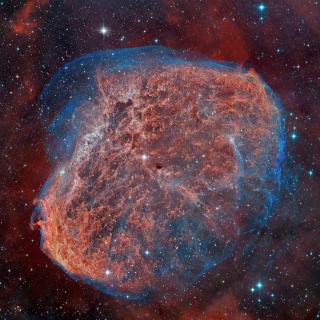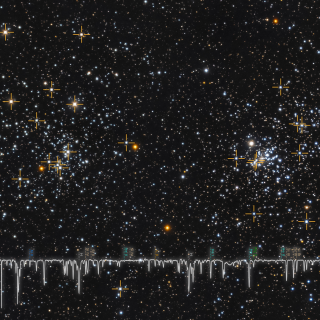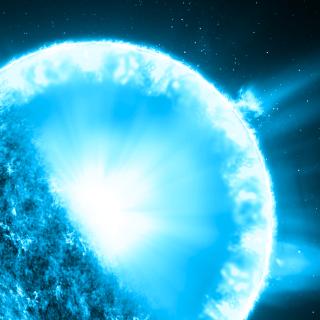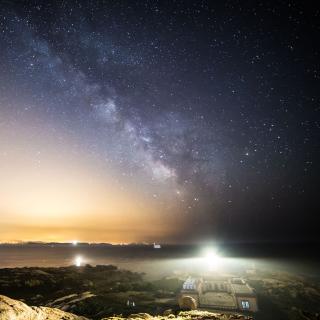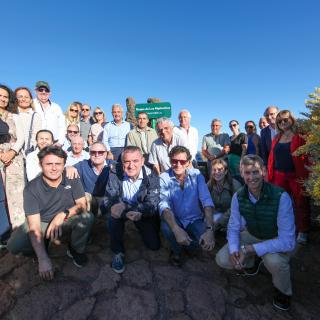
The presidents of the High Courts of Justice (TSJ) of Spain have met in La Palma for their 18th annual meeting. On 27 June 2023, the presiding judges of the Spanish High Courts of Justice (TSJ) visited the Roque de los Muchachos Observatory to see its facilities and telescopes. The Director of the Instituto de Astrofísica de Canarias, Rafael Rebolo, received the group of judges accompanied by the Observatory administrator, Juan Carlos Pérez Arencibia, and the Mayor of Garafía, José Angel Sánchez, who was also joined by three councillors from his Corporation. The tour began at the Roque de
Advertised on
